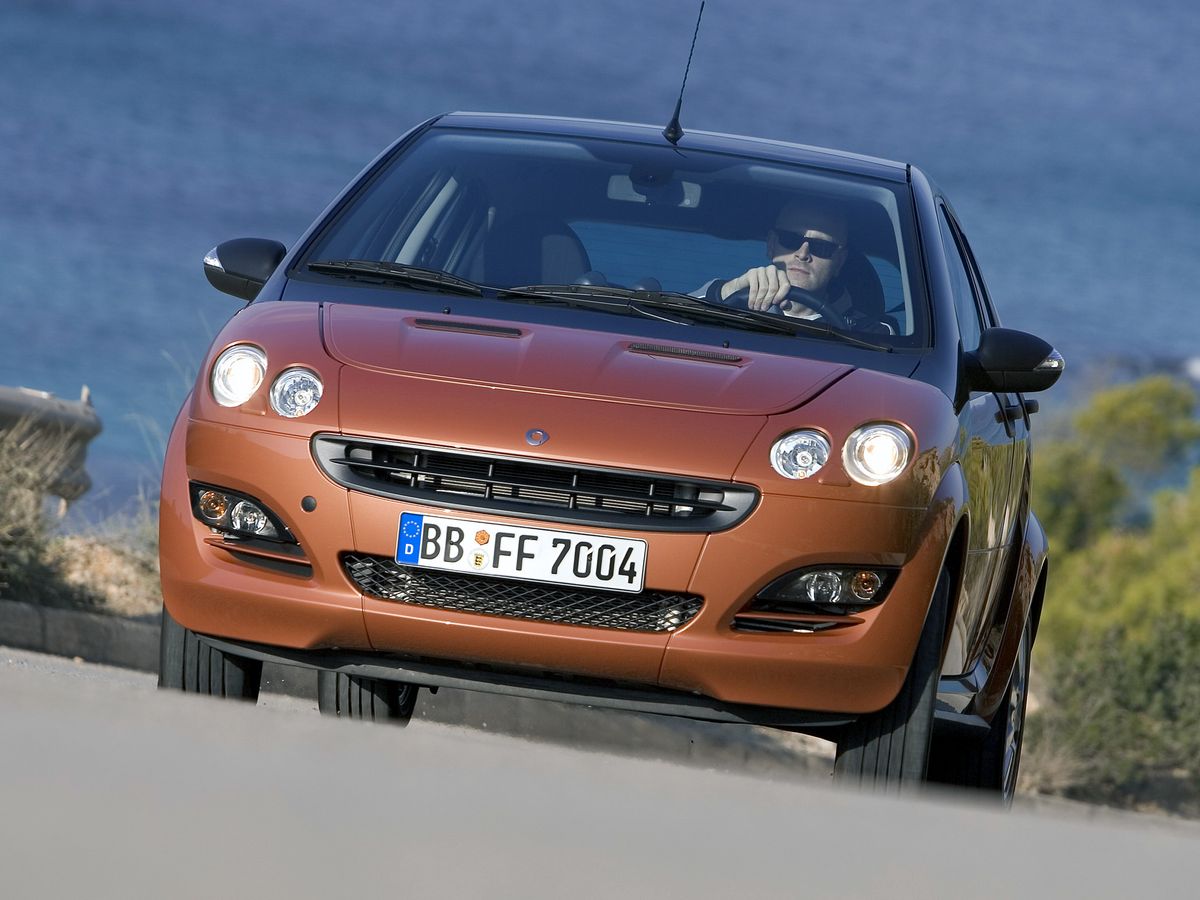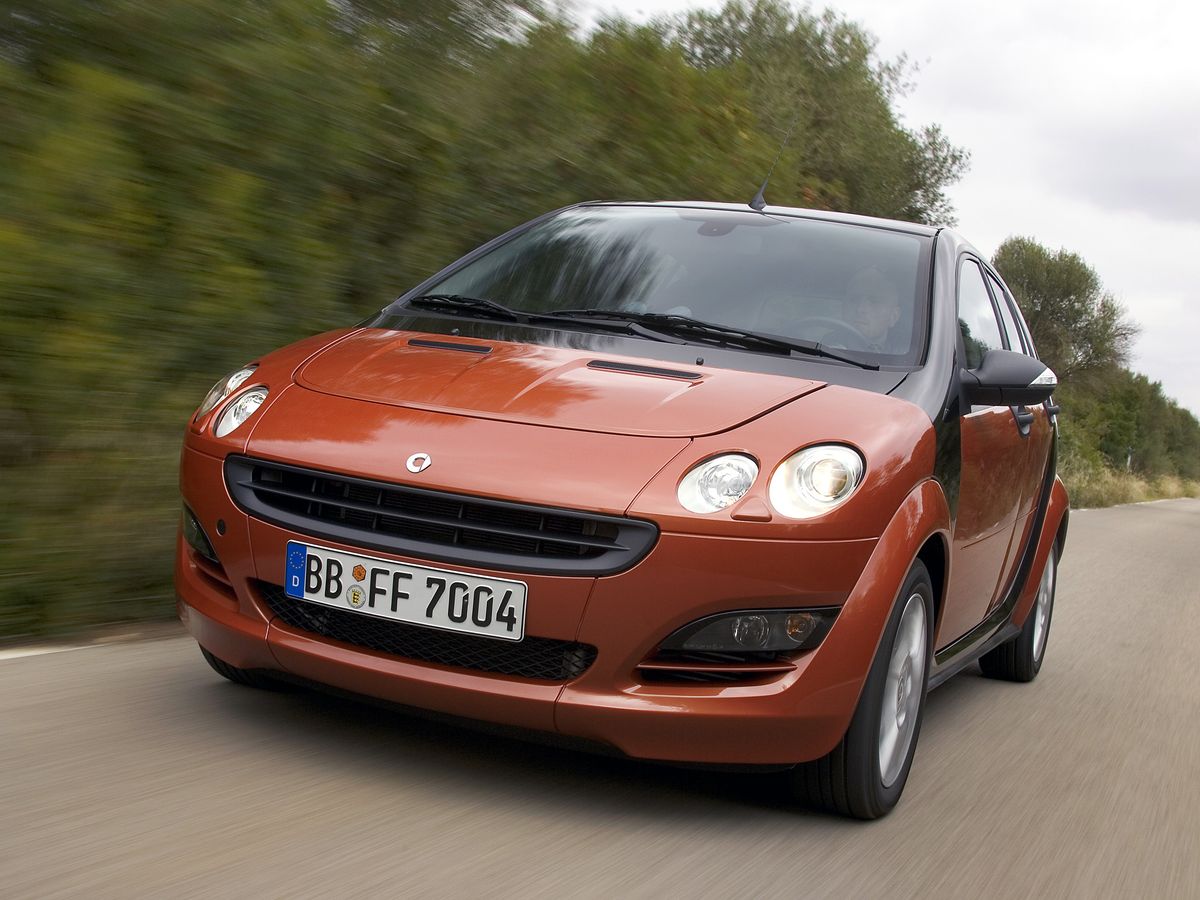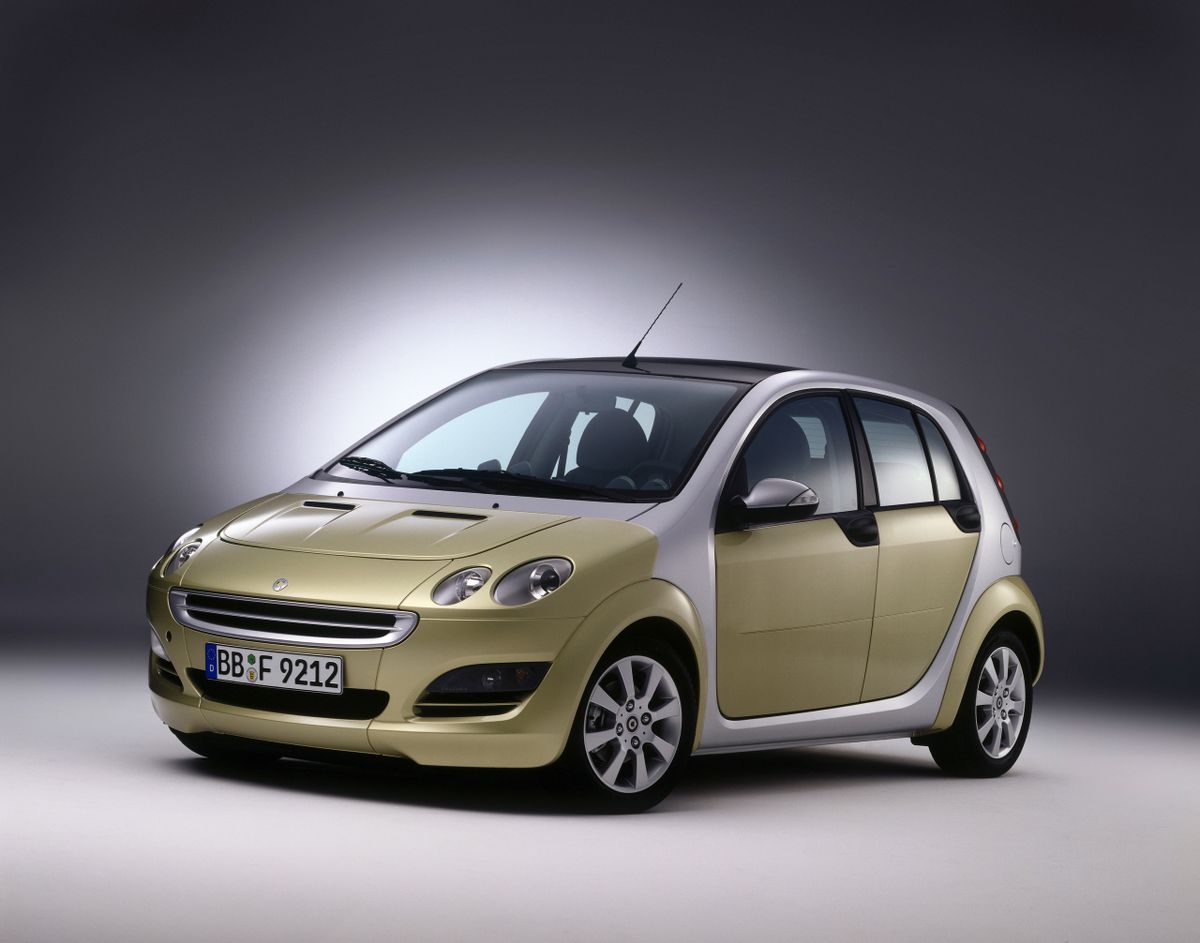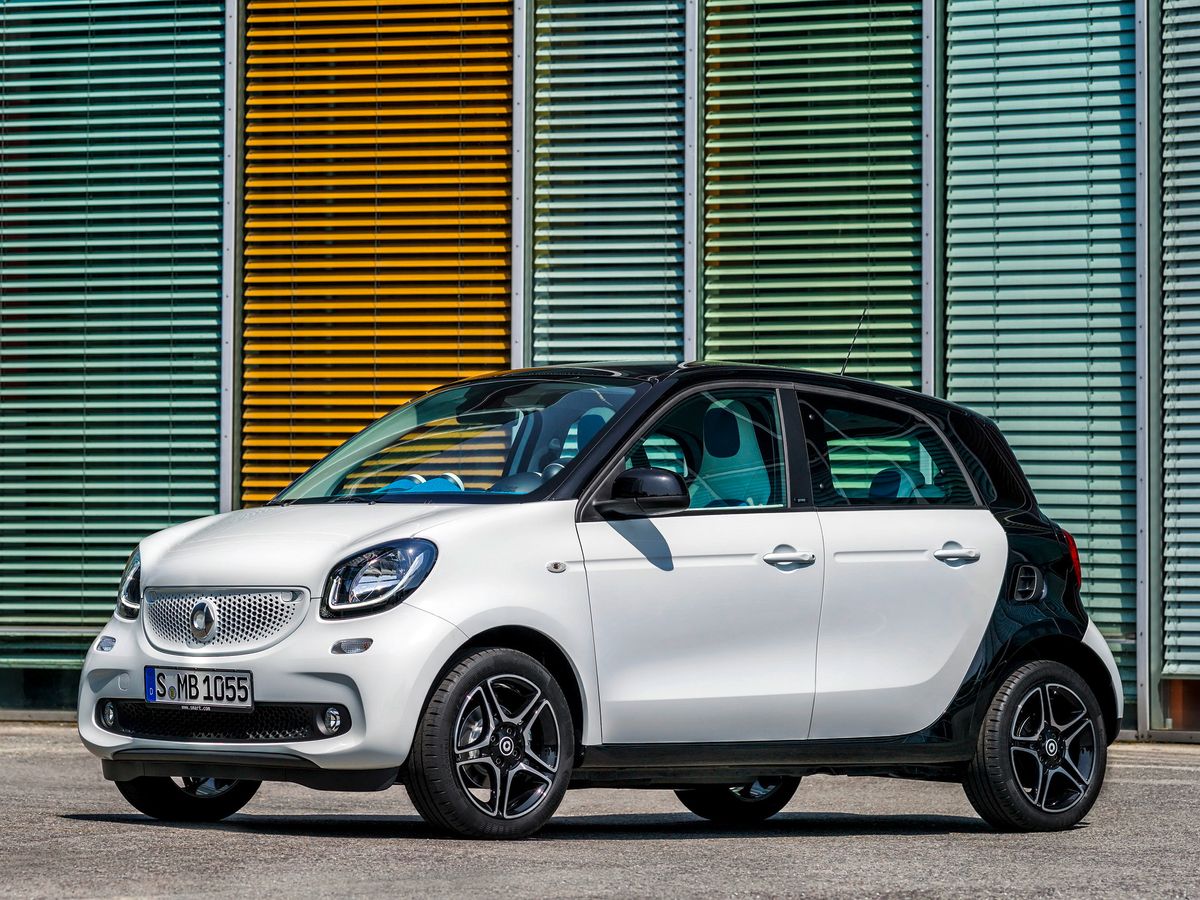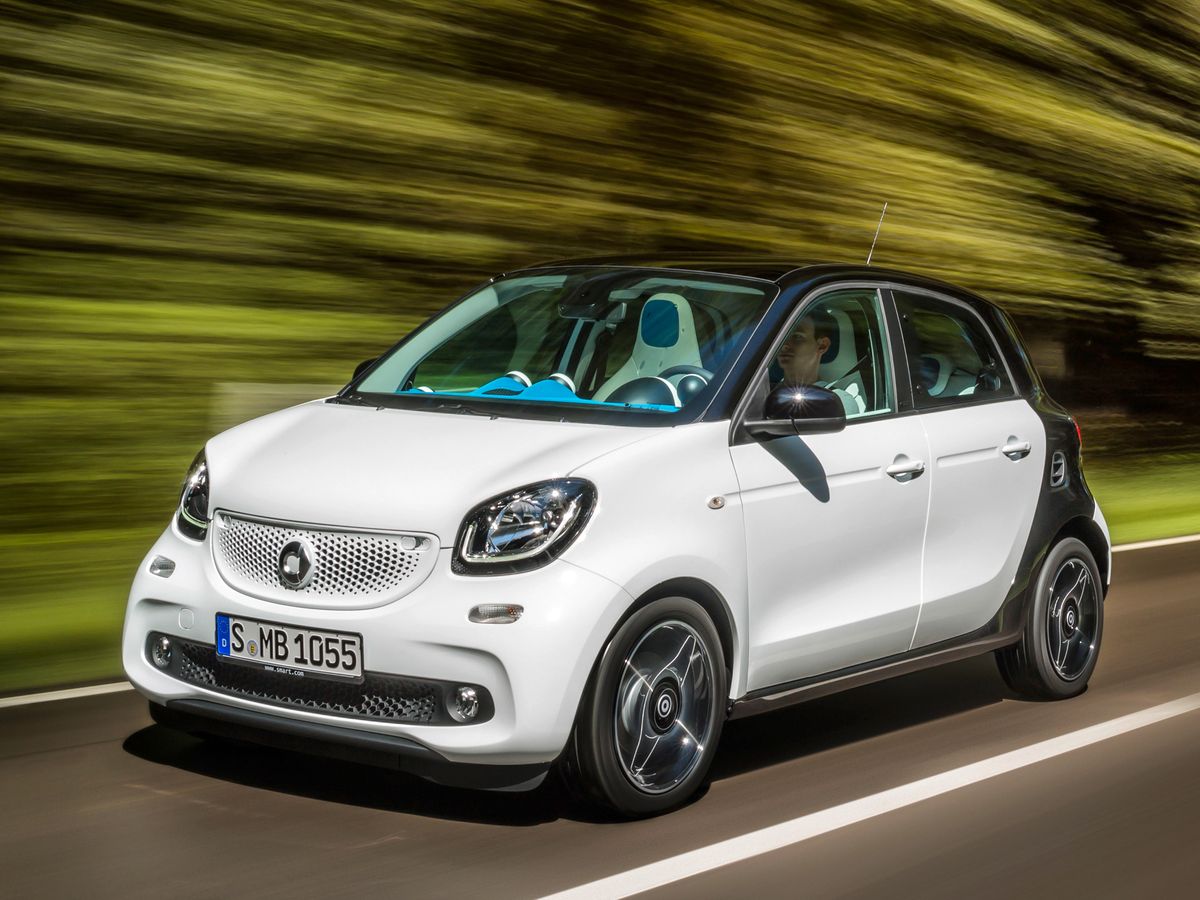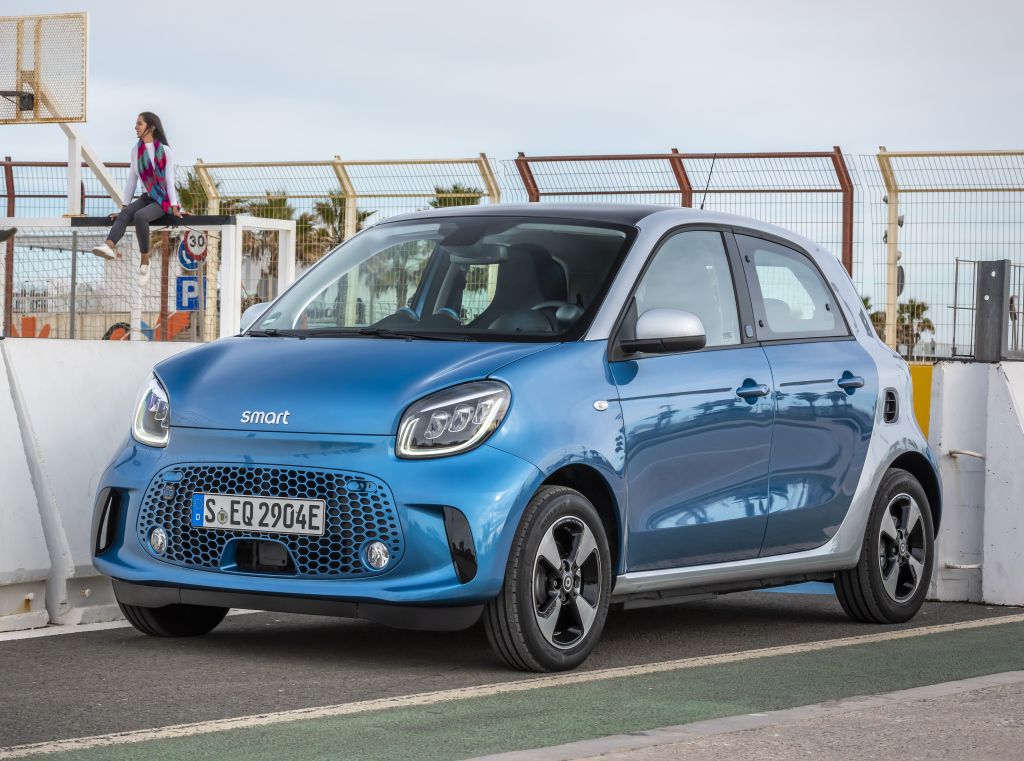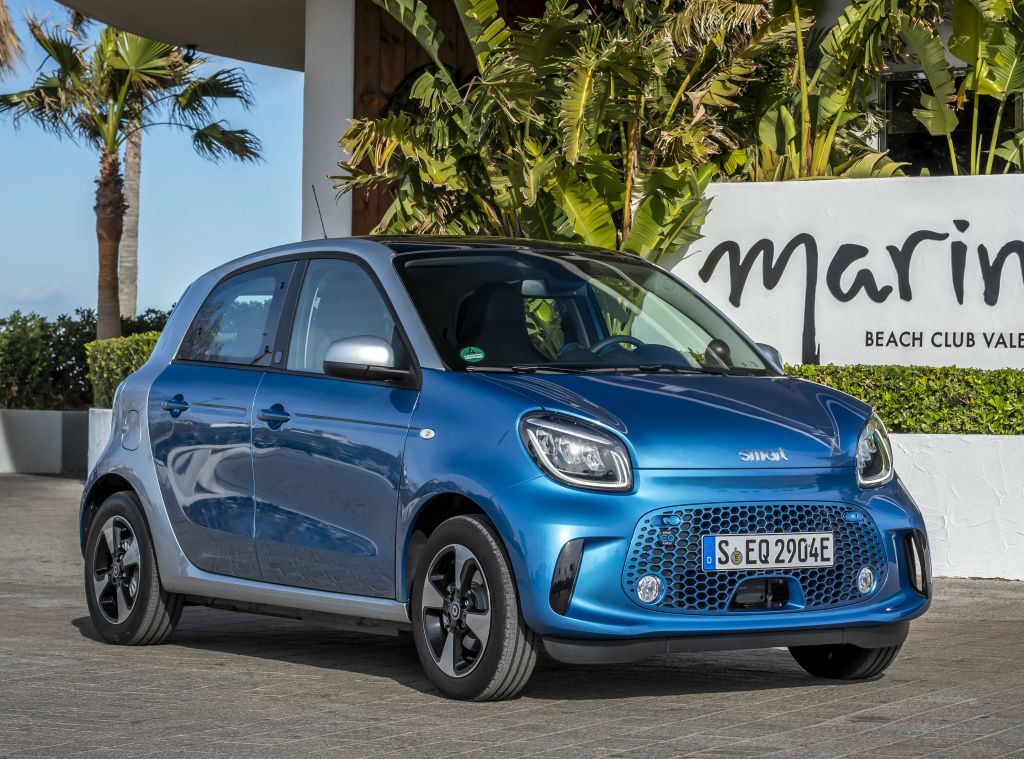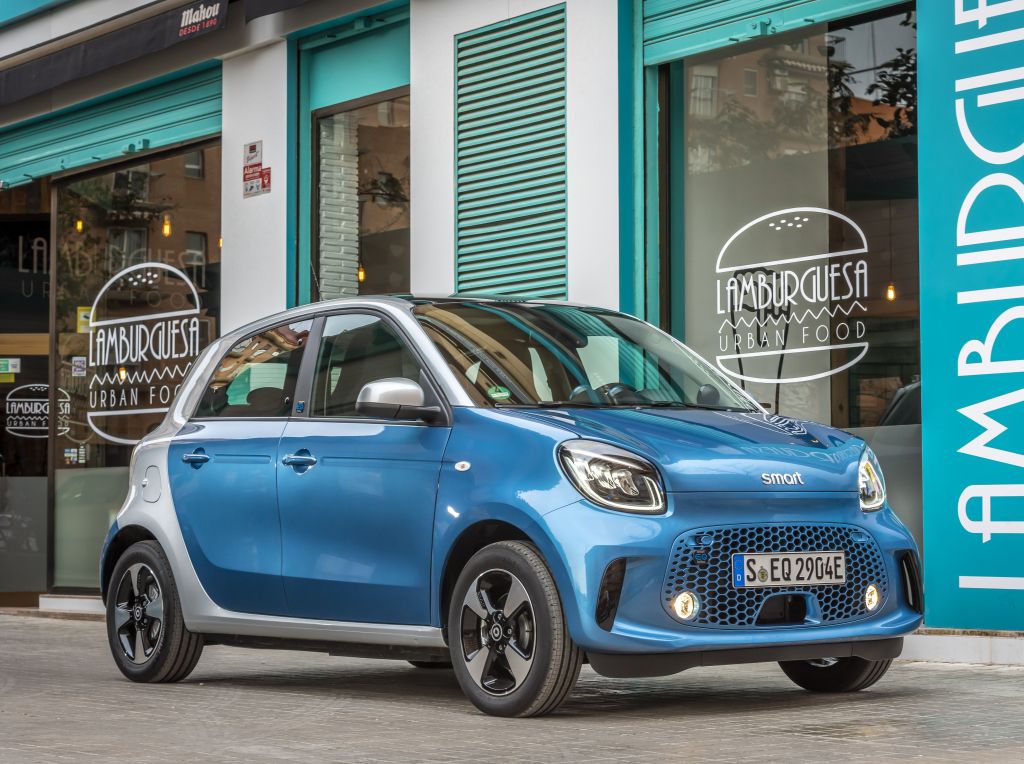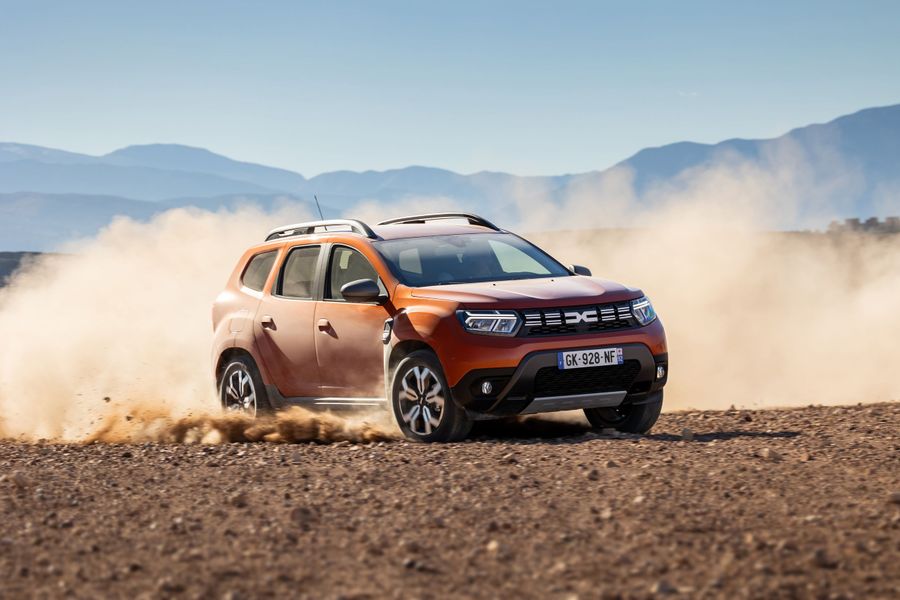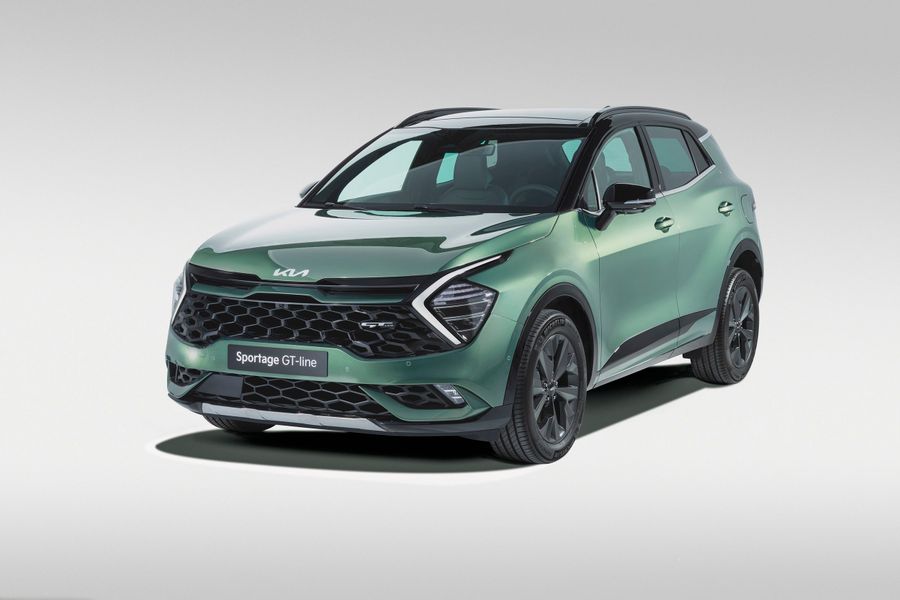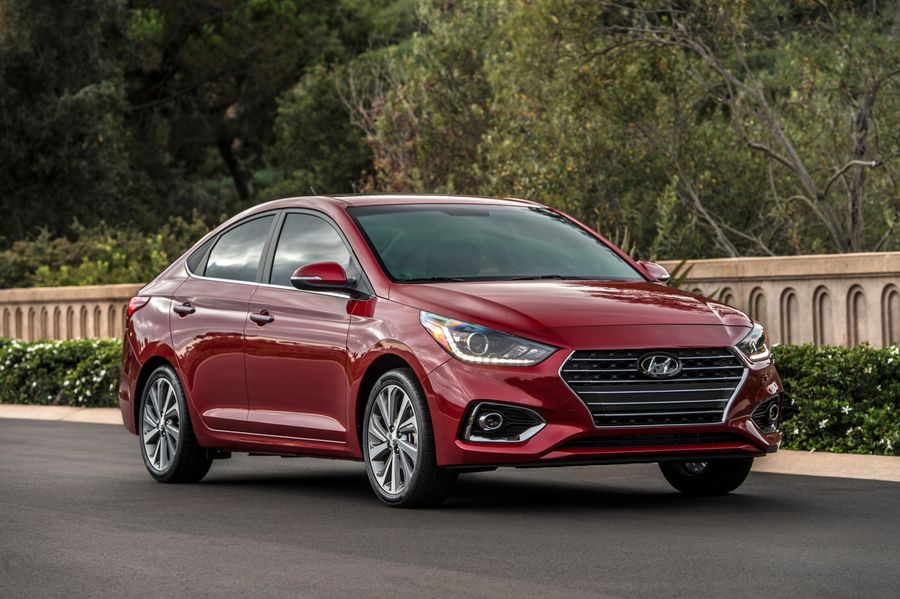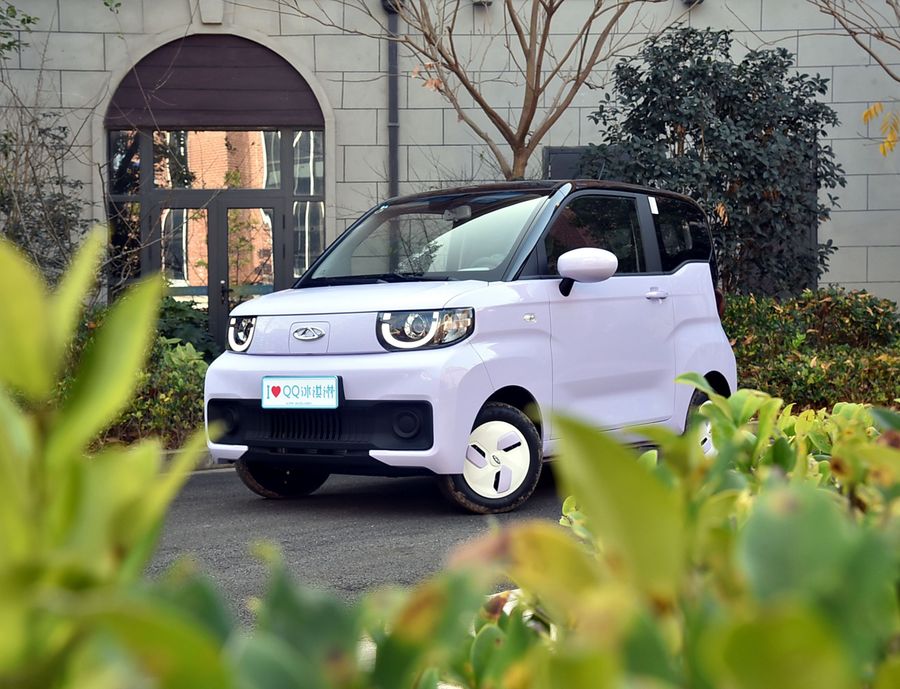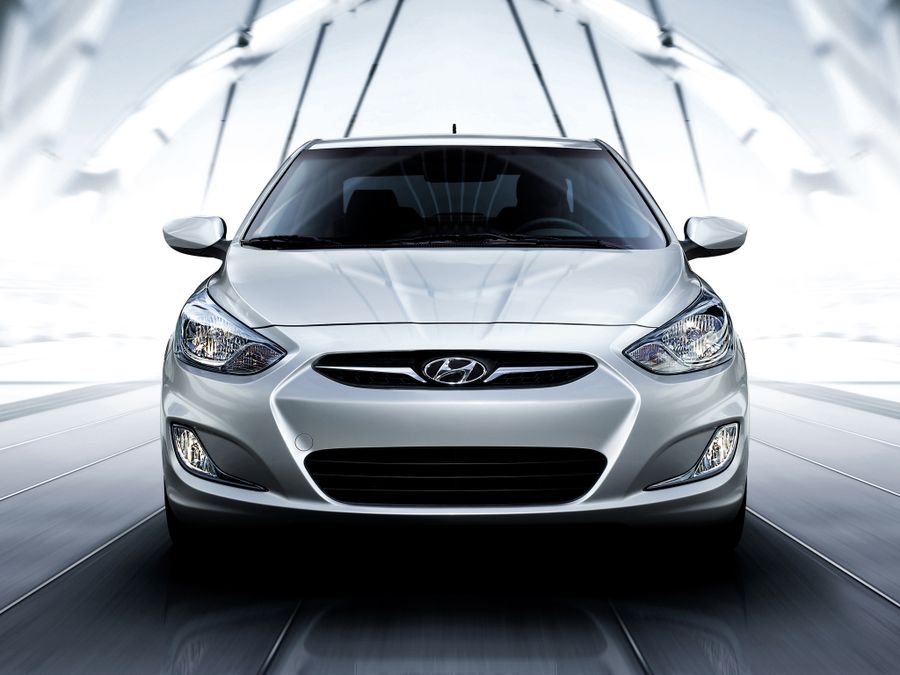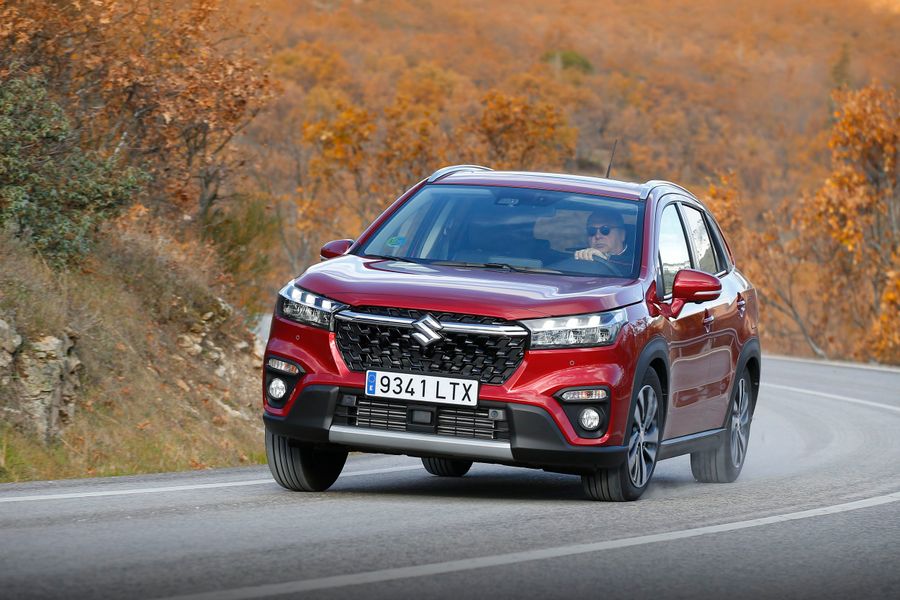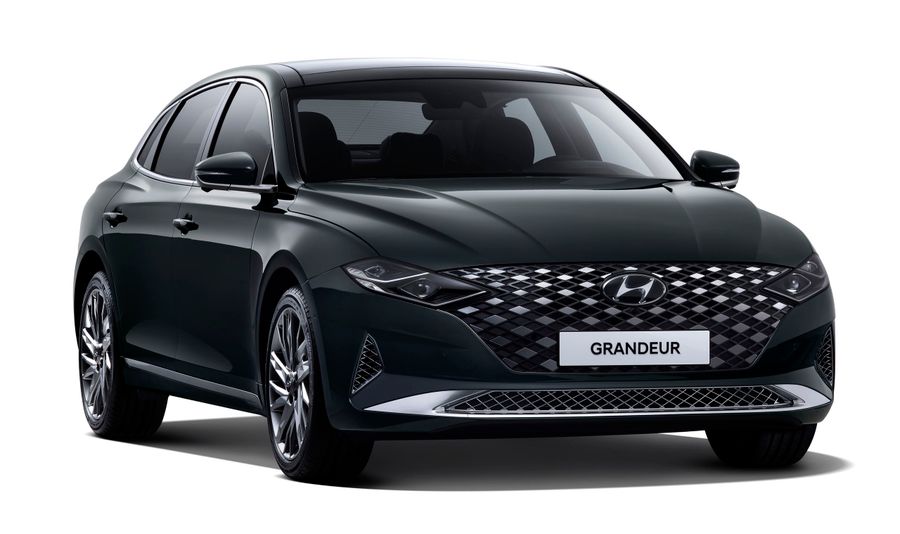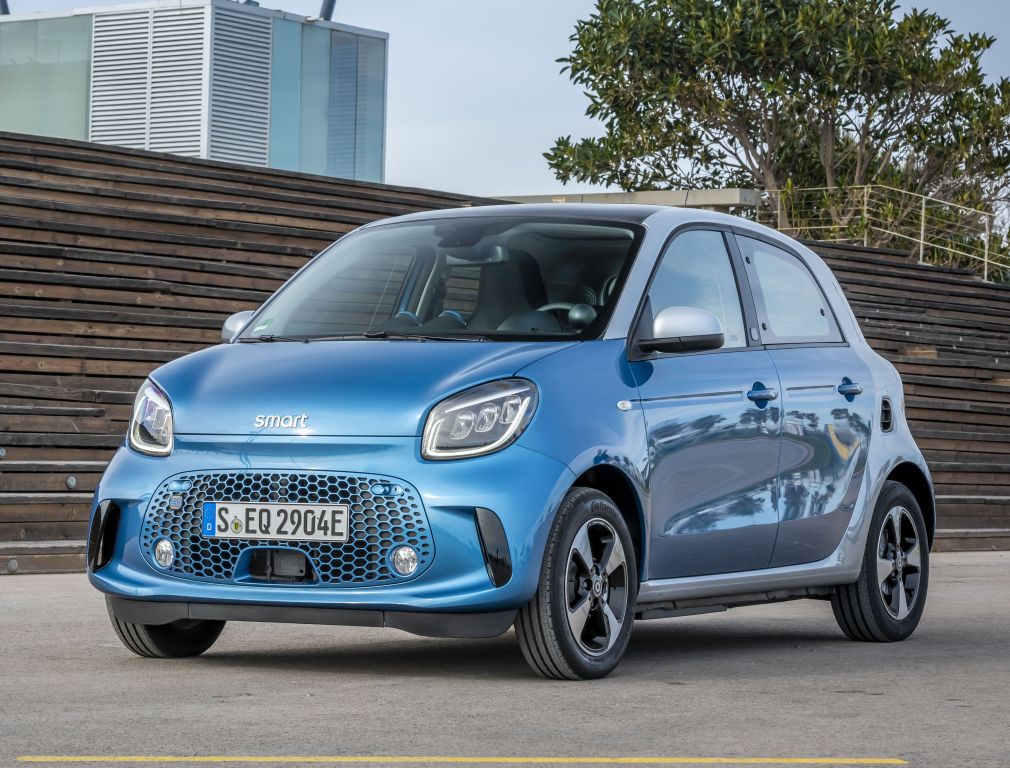
A smart choice
Smart Forfour is a very small car, which has been produced by Smart since 2004. It is a subcompact 5-door hatchback. Unlike other models from this brand, it has a relatively large body size and a spacious four- or five-seater interior. The second generation of the 2014 model is available on the market (as of 2020).
As one of the youngest car brands in Europe, Smart models enjoy worldwide success and recognition. The reason for this is their incredible mobility when driving in the city. The cars are dynamic, very compact and easy to park. They are very fuel-efficient in quiet driving mode and a little more glutton for fuel in traffic jams. It is pleasant to drive these cars, and imperfect road surface is not an obstacle for them. Driving is safe and comfortable.
The first generation
It was produced from 2004 to 2006. Unlike other models of the brand, the Forfour had relatively large body dimensions and a spacious four- or five-seater interior. It was 3,752 mm long, 1,684 mm wide and 1,450 mm high. Due to the fact that the wheels were placed ‘in the corners’ of the body, the wheelbase was a decent 2,500 mm.
The first Forfour was equipped with engines ranging in volume from 1.1 liters (64 hp or 75 hp, average fuel consumption varies from 4.5 to 6.9 liters per 100 km) to 1.5 liters (petrol engines generating 109-122 hp and diesel engines generating 68-109 hp). It was possible to choose between a 5-speed manual or semi-automatic transmission. The suspension was very simple: the MacPherson strut at the front and the torsion beam at the rear.
Unlike other models of the brand, the Forfour had relatively large body dimensions and a spacious four- or five-seater interior.
Since 2005, an interesting sports version had been produced, designed by the Brabus tuning studio. This modification was equipped with a 177 hp turbocharged engine. The maximum speed was 221 km/h, and it took the little car 6.9 seconds to accelerate from 0 to 100 km/h.
In June 2006, the manufacturer stopped producing the Forfour models due to low sales. However, this changed after the successful start of sales of another Smart model, the two-seater Fortwo in the United States, as well as due to the growing popularity of small cars. Since 2014, the production of the car on a new technical base has been resumed.
The second generation
It has been produced from 2014 to the present (as of 2021). The new Smart Forfour has changed not only externally, but also internally: the new generation is a 4-seater version of the Fortwo model. Both models are based on the same rear-engine, rear-wheel-drive layout from the third generation Renault Twingo.
The exterior is fundamentally new, but still recognizable, featuring slightly elongated, rounded headlights highlighted by LED daytime running lights. The graceful radiator grille bears the manufacturer’s logo and consists of many small honeycombs. Directly below it, in the lower part of the bumper, there is an elongated air intake, also covered with a plastic mesh. Along the edges, there are small round fog lights.
The new Smart Forfour is still a subcompact four-seater hatchback. It is 3,495 mm long (shorter than its predecessor), 1,665 mm wide and 1,554 mm high, with a wheelbase of 2,494 mm and a ground clearance of 132 mm. Such a clearance is typical for cars, whose element is the asphalt of city streets and highways. The trunk is very tiny, because the engine compartment is located at the back of the car. With the backs of the second row seats up, there is only 185 liters of free space, but if you fold the backs of the second row seats, you get as much as 975 liters of usable space.
As one of the youngest car brands in Europe, Smart enjoys worldwide success and recognition. The reason for this is its incredible mobility when driving in the city.
The base engine for the 2019/2020 Forfour is a 1 liter petrol 3-cylinder engine with 71 hp. With such an engine, the hatchback accelerates to 100 km/h in 15.9 seconds, and the maximum speed is 151 km/h. In this case, the car consumes 4.8 liters per 100 km in the city and 3.8 liters on the highway. A more powerful option is the 898cc 3-cylinder petrol engine. Thanks to the turbocharger, it produces 109 hp. With this engine, acceleration to 100 km/h occurs in 10.5 seconds, and the maximum speed is 180 km/h, while fuel consumption amounts to 5.4 liters in the city and 4.2 liters on the highway.
The 2020/2021 Smart Forfour is equipped with a 6-speed manual or Twinamic semi-automatic transmission with two Getrag dry clutches and rear wheel drive. The second generation has retained the same, but seriously modified suspension. The car is equipped with an independent MacPherson strut-type front suspension with new-shaped levers that allow the wheels to turn by 51 degrees, increasing maneuverability. At the rear, there is a semi-independent De Dion type suspension with new shock absorbers and springs. Ventilated disc brakes are installed on the front wheels, drum mechanisms are still installed at the rear. The hatchback is standardly equipped with ABS, EBD, ESP and ASR systems, as well as Crosswind Assist to stabilize the trajectory of movement in case of strong side gust.
In accordance with the Mercedes Real Life Safety concept, the Smart models participated in crash tests along with larger and heavier S- and C-class vehicles. And the little cars proved to be excellent in head-on collisions.
Like any small car, the Smart Forfour must have a convincing argument that it can provide the right level of safety for its driver and passengers. In accordance with the Mercedes Real Life Safety concept, the Smart models participated in crash tests along with larger and heavier S- and C-class vehicles. And the little cars proved to be excellent in head-on collisions. The new generation has the largest crumple zones and more efficiently distributed loads. In the event of a severe frontal collision, the rear structure also helps absorb energy. The load is directed onto a robust safety cell that serves as a protective cage. The fuel tank is located outside the crumple zone in front of the rear axle. The head rest covers of the driver’s and front passenger’s seats are integrated into the backrests. They reduce the risk of injury to the cervical spine in the event of a rear-end collision.


